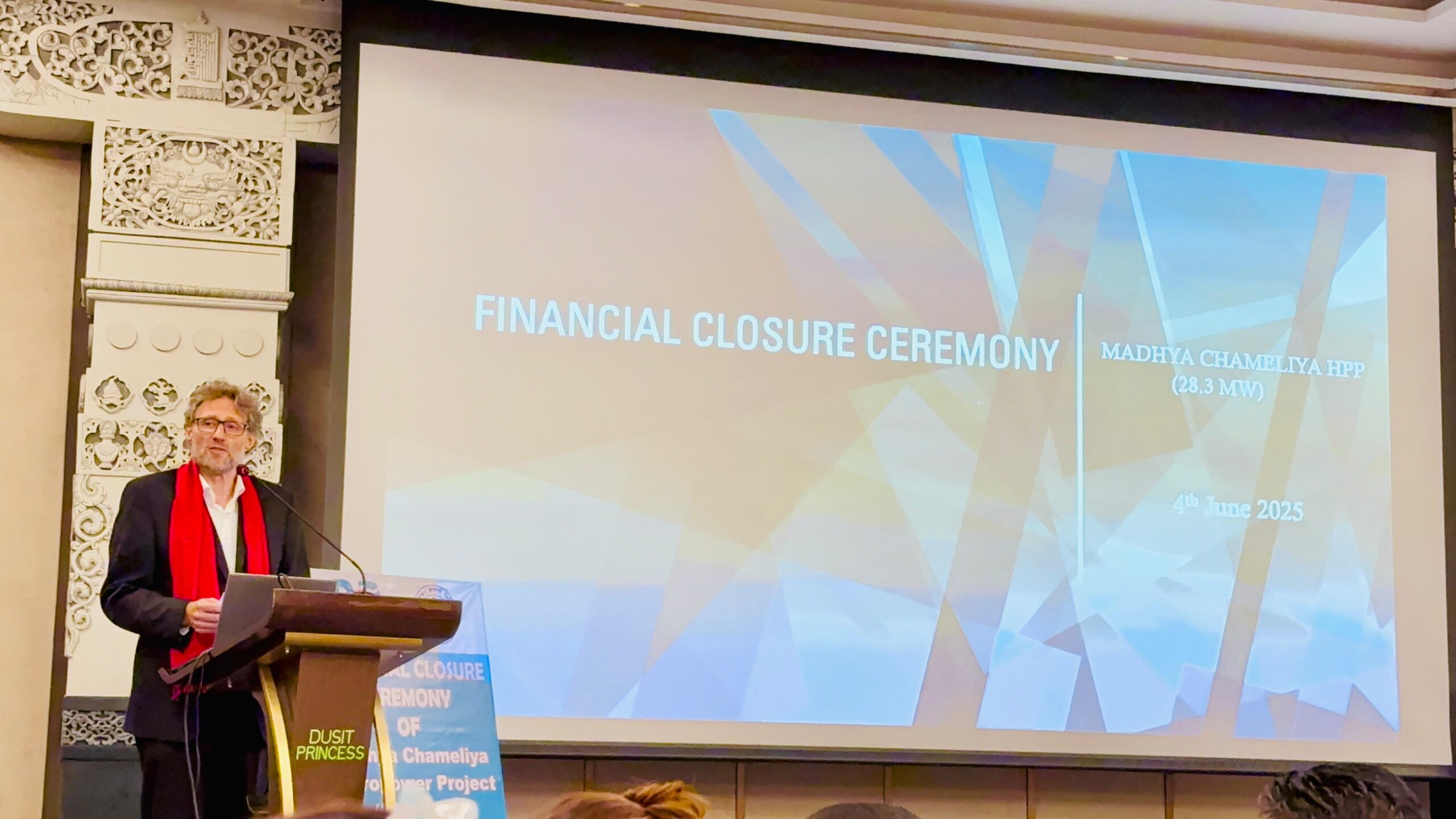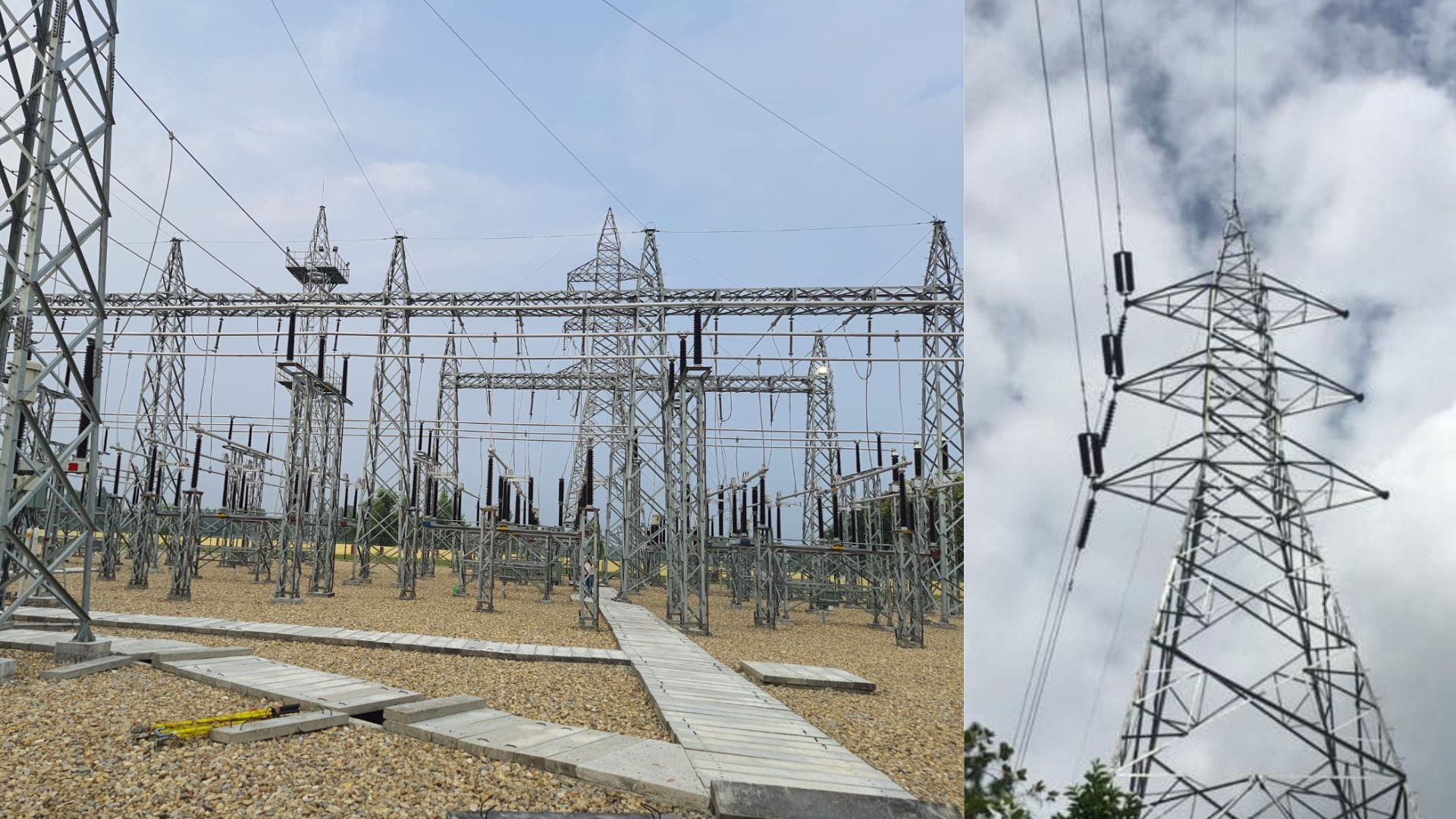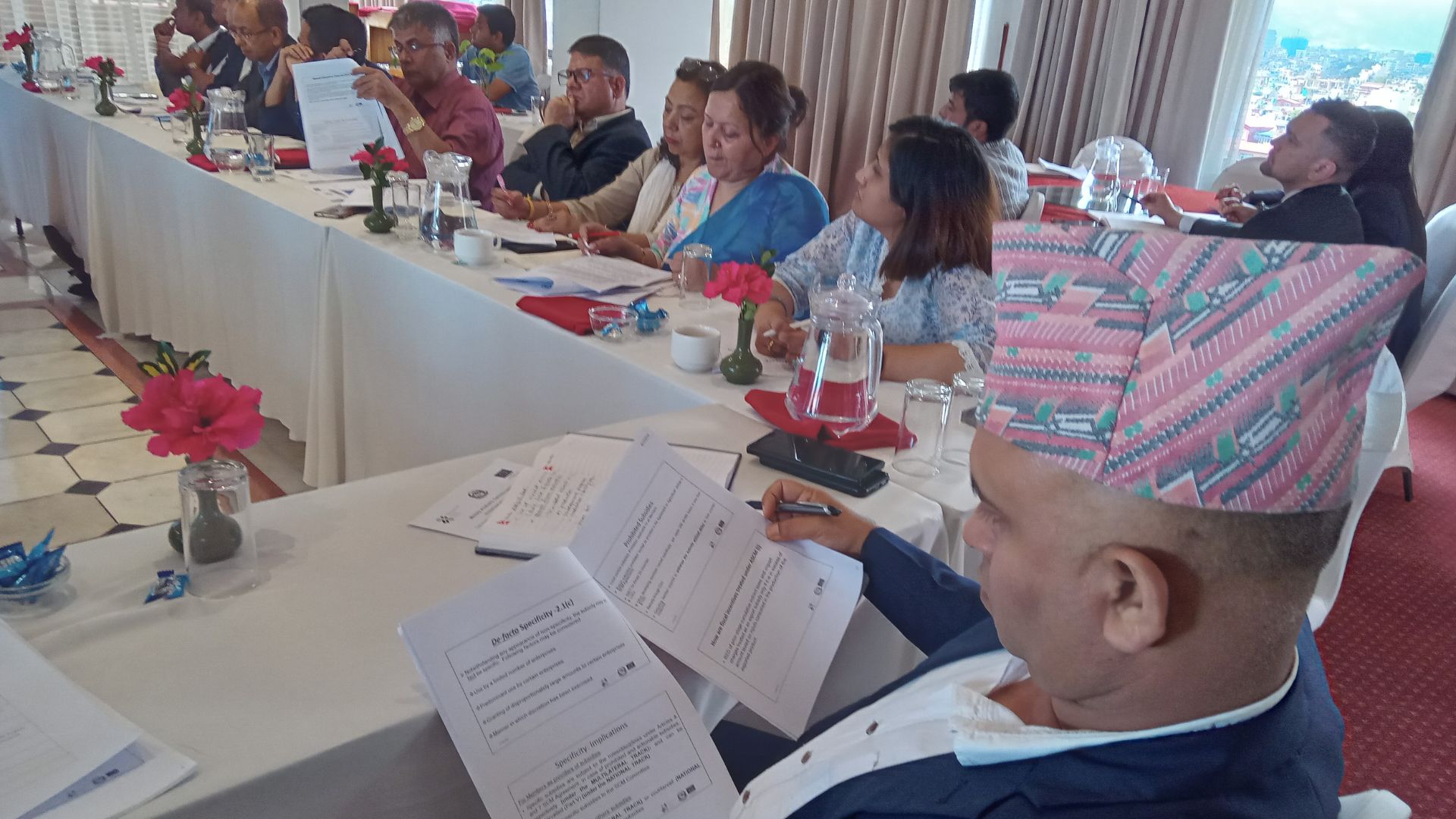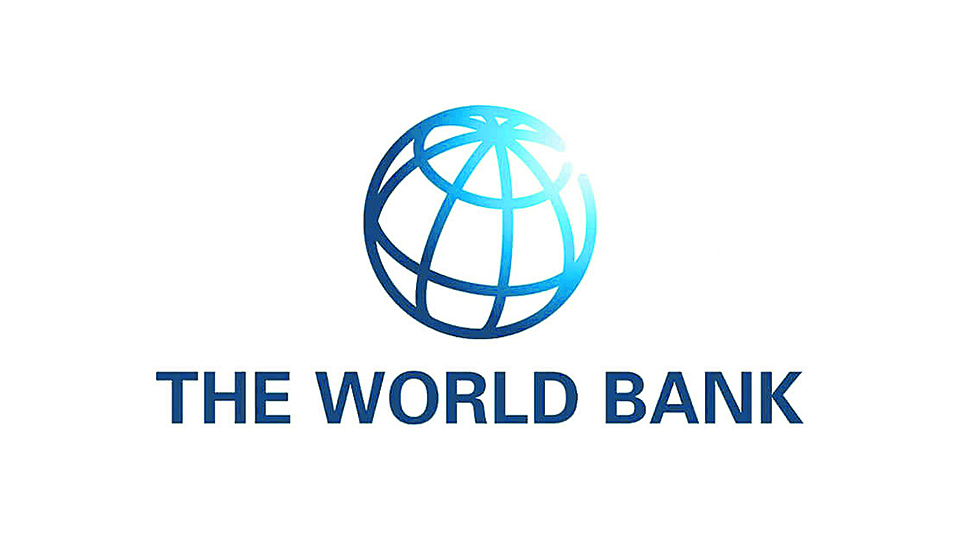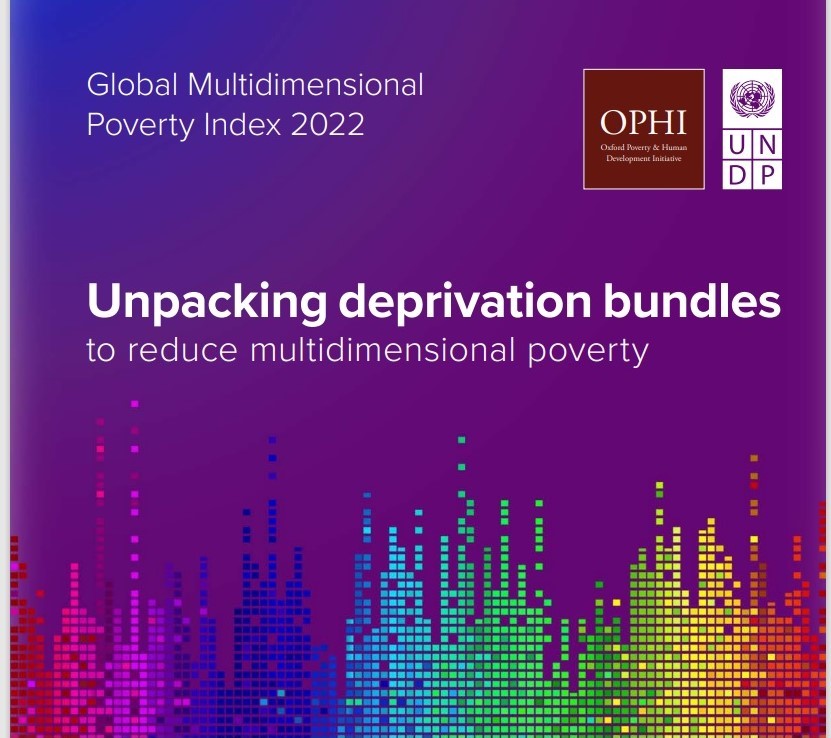
KATHMANDU: Nepal’s Multidimensional poverty dropped to 17.7 percent in 2019 from 25.7 percent reported in 2011, says a fresh report released by the United Nations on Monday. The report “Global Multidimensional Poverty Index 2022: Unpacking deprivation bundles to reduce multidimensional poverty” was developed jointly by United Nations Development Program and Oxford Human Development Initiative. As per the report total of 5.13 million Nepali are living in multidimensional poverty. The study was carried out based on the population of Nepal- which stood at 29.3 million in 2019.
Dharma Swarnakar, policy advisor of UNDP Nepal said Nepal made substantial improvements in multidimensional poverty reduction over the period. According to the report, Multidimensional poverty is reported at 23.2 percent in health, 33.9 percent in education, and 43 percent in living standard. In South Asia, Multidimensional poverty in Afghanistan is the highest 55.9 percent while Sri Lanka has the lowest 2.9 percent.
“Nepal substantially reduced poverty between 2011 and 2019. This progress has been accompanied by notable improvements in sanitation. The improvements in sanitation are highly correlated with improvements in other health indicators such as child nutrition, child mortality, and access to drinking water,” states the report.
The report also noted that a growing body of evidence points to the positive health benefits of having access to an improved sanitation facility and drinking water on child health and wellbeing through lower diarrheal incidence, a leading cause of child mortality in developing countries.
Improved water and sanitation interventions can improve children’s growth and nutritional status; poor nutrition accounts for nearly 45 percent of deaths among children under age 5 worldwide.
“The recent progress in reducing deprivations in sanitation and drinking water might have driven the improvement in children’s nutrition and the decrease in child- hood mortality in Nepal, contributing to the recent decline in Multidimensional Poverty Index (MPI) value”, the report further states.
The government of Nepal has endorsed a multisectoral approach to tackling the pervasive undernutrition problem among children under age 5.
The Multi-Sectoral Nutrition Plan I (2013–2017) and II (2018–2022) targeted both nutrition-specific and nutrition-sensitive programmes implemented through health, education, water and sanitation, and agriculture and livestock agencies.
The report adds that most nutrition programmes have been based on multisectoral approaches to improve food security, nutritional practices, WASH facilities, behavioral change, and communication strategies to address the underlying causes of undernutrition.
“In recent years the share of the government’s budget allocated to the WASH sector has increased considerably, to NPR 44.2 billion in 2021/2022, up 1.3-fold from 2016/2017,” says the report. In 2019 Nepal declared itself free of open defecation after a decade-long effort at various levels to make improved toilets accessible to every household.


